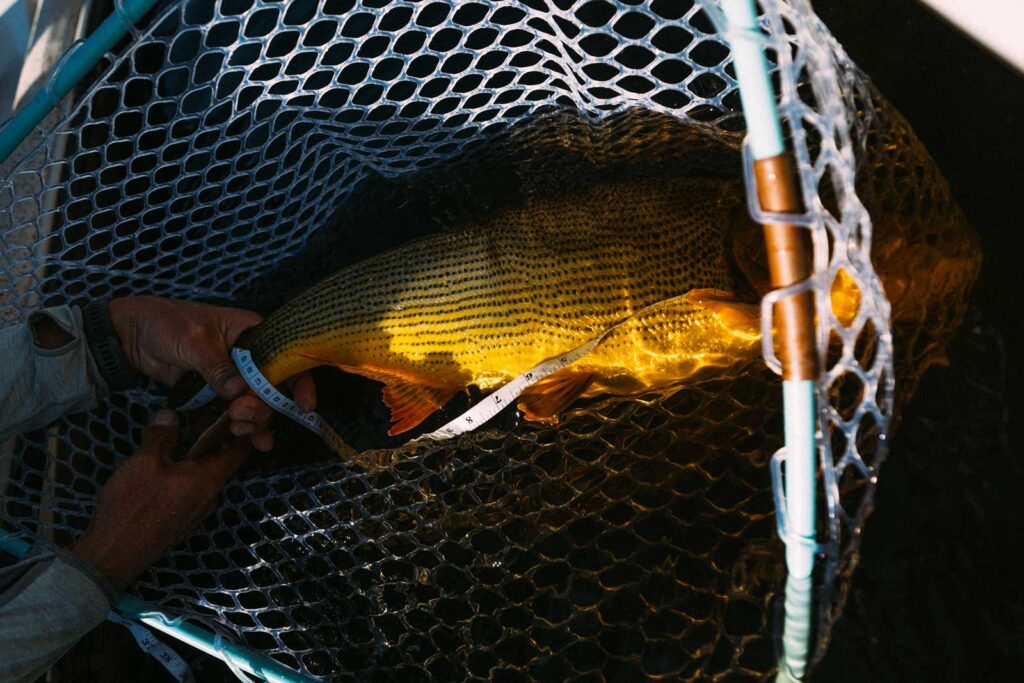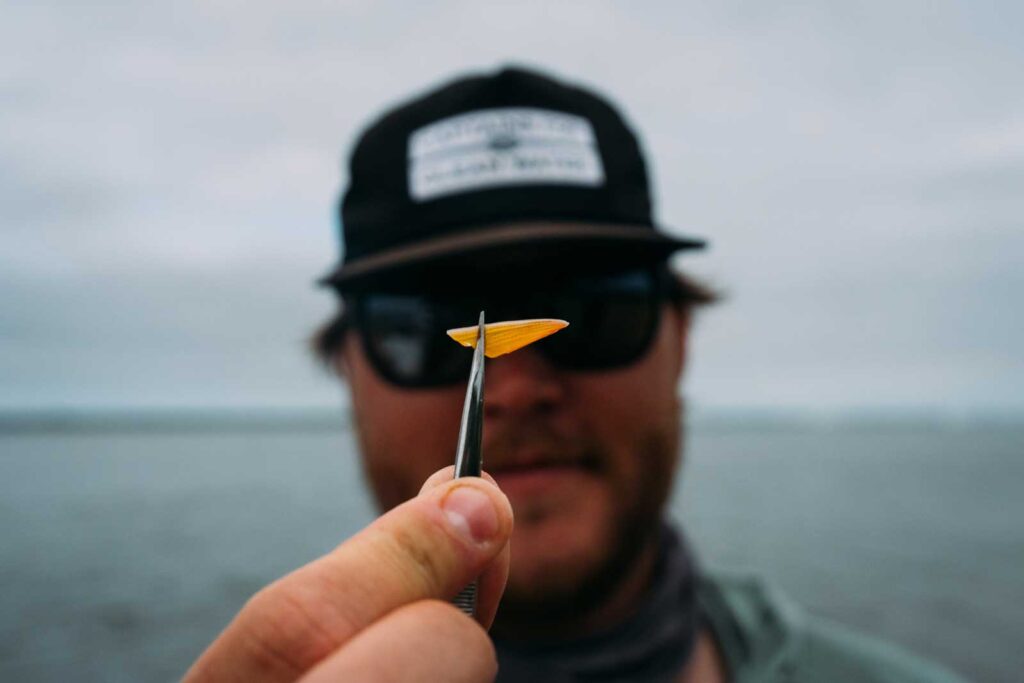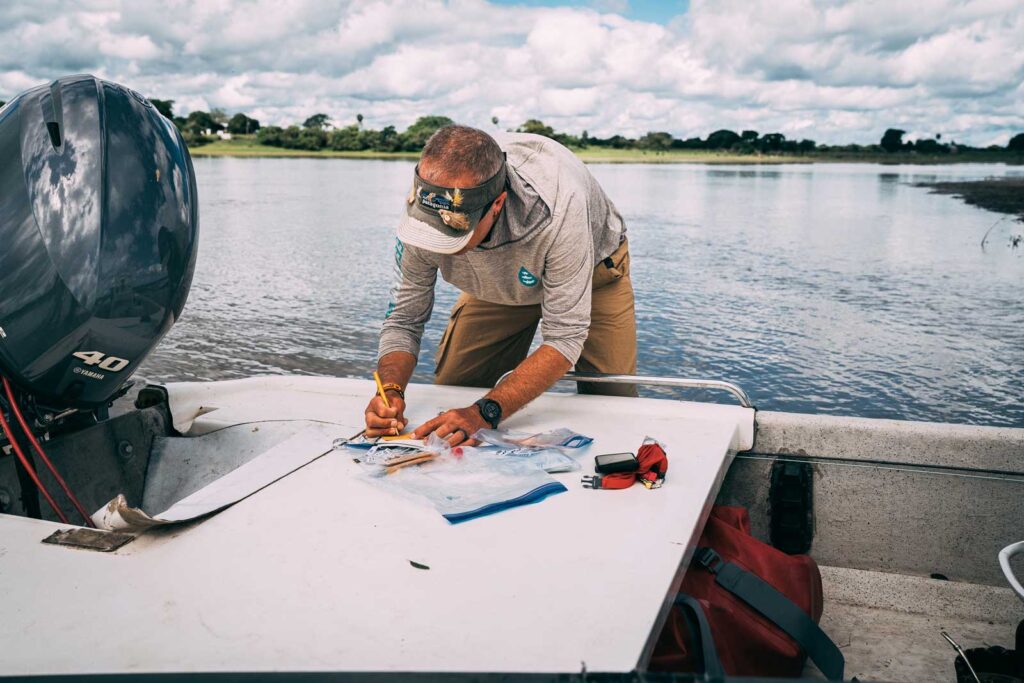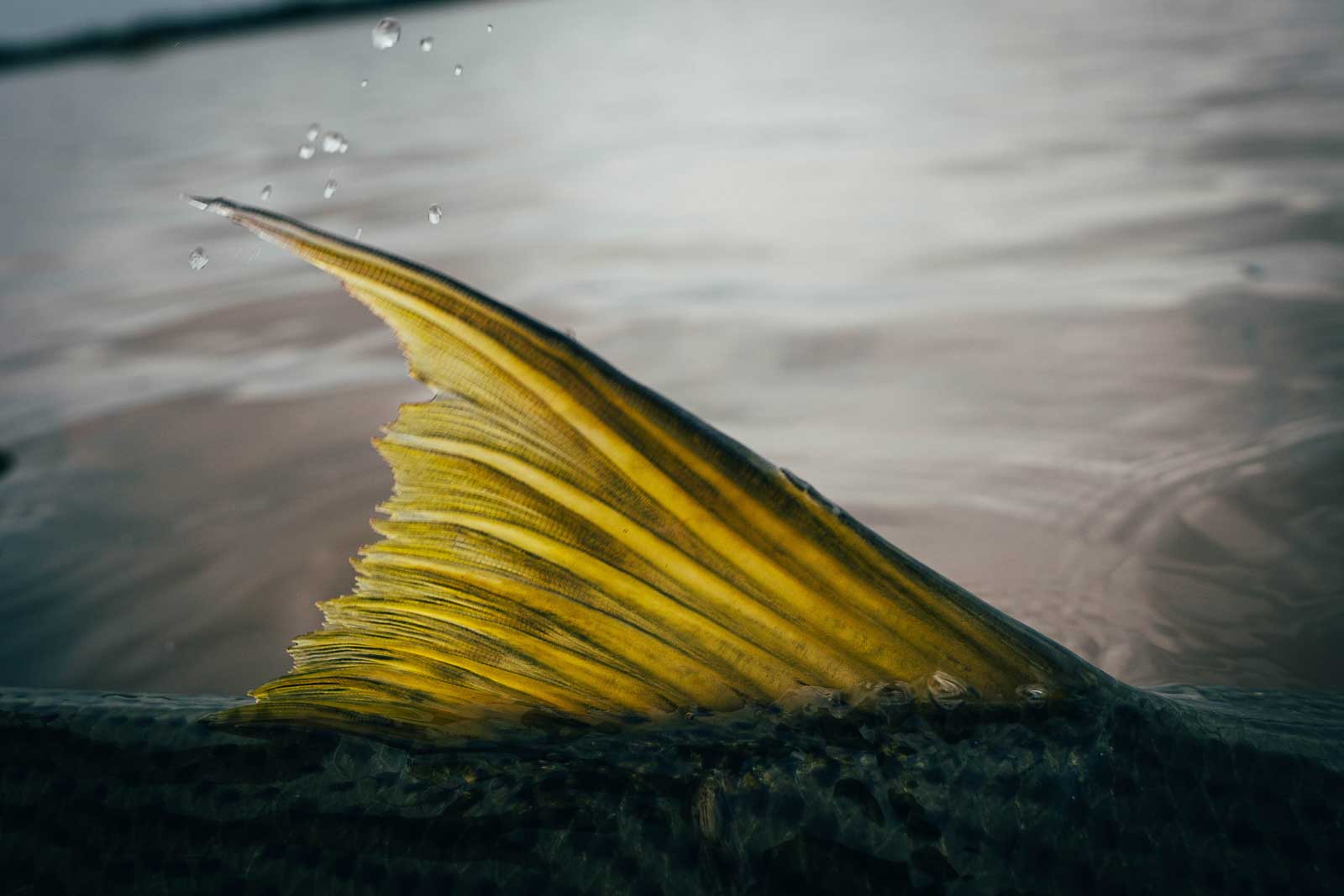

In the Wake of Golden Dorado is a collaborative project focused on filling knowledge gaps that can contribute to the conservation and management of the species. The project is founded on the passion of the collaborators to see Golden Dorado populations remain healthy and strong. Founding partners in the project include fisheries scientists from Argentina (National University of the Northeast, (Corrientes), the United States (University of Massachusetts Amherst), and Canada (Carleton University), the government of the Corrientes province, and Set Fly Fishing. We hope to broaden the collaboration to build greater unity tied to the science-based conservation of Golden Dorado.

With that, we are embarking on a new phase of the project that includes using of electronic tags and manual and fixed stations to quantify the movements, habitat use, and migrations of Golden Dorado in the Parana River. Although the physical scale of the Parana River is immense, we have several novel solutions are in reach to help achieve our goals. For this research, we already have some funding and in-kind support, but much more is need. If you are interested in contributing to this effort, please contact Dr. Andy Danylchuk (danylchuk@eco.umass.edu).





